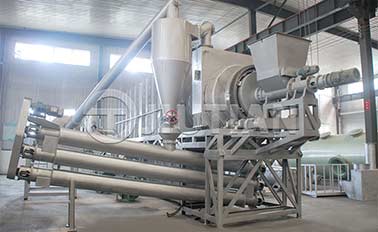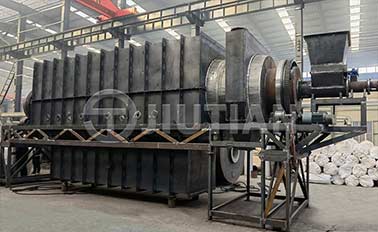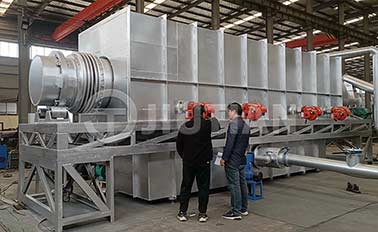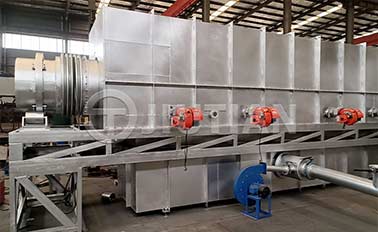Pyrolysis is a process in which materials are treated with high temperatures to break down their chemical components. Materials suitable for pyrolysis usually include organic compounds, polymers and biomass. The following are some common materials suitable for pyrolysis:
1. Plastics: including polyethylene (PE), polypropylene (PP), polyvinyl chloride (PVC), polystyrene (PS), etc. These plastics can break down into their constituent monomers or low molecular weight compounds at high temperatures.
2. Rubber: including natural rubber and synthetic rubber. Pyrolysis can convert rubber into liquid fuel or other useful chemicals.

3. Biomass: including wood, straw, waste crops and energy crops, etc. Biomass pyrolysis can produce biochar, liquid fuels and renewable chemicals.
4. Grease and oil: including waste oil, vegetable oil and animal fat, etc. These oils can be converted into biofuels or other chemicals through pyrolysis.
5. Waste: including plastic waste, paper, textiles and other organic waste. These wastes can be converted into energy or valuable chemicals through pyrolysis.
It should be noted that different materials will produce different products and by-products during the pyrolysis process, so the subsequent utilization or treatment methods of the treated products need to be considered in practical applications. Additionally, the pyrolysis process requires appropriate equipment and control conditions to ensure safe and efficient operation.

Location:Indonesia
Project Progress:Put Into Production

Location:Vietnam
Project Progress:Put Into Production

Location:Kenya
Project Progress:Put Into Production

Location:Canada
Project Progress:Put Into Production